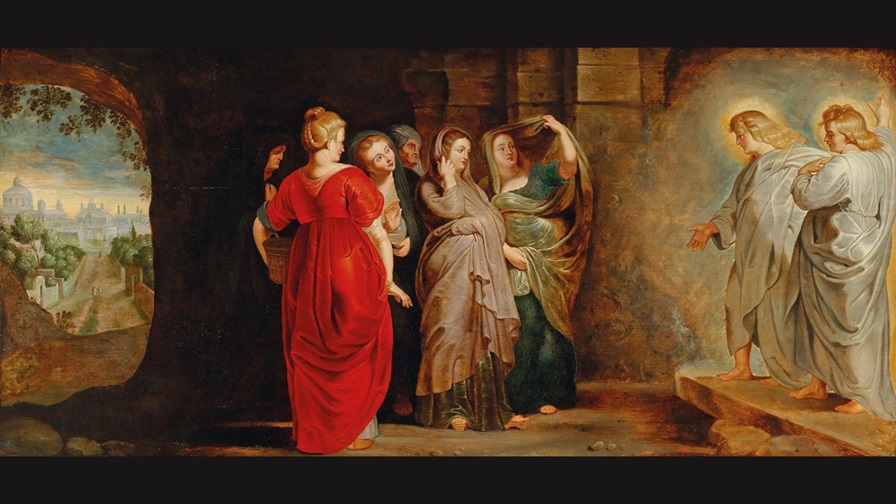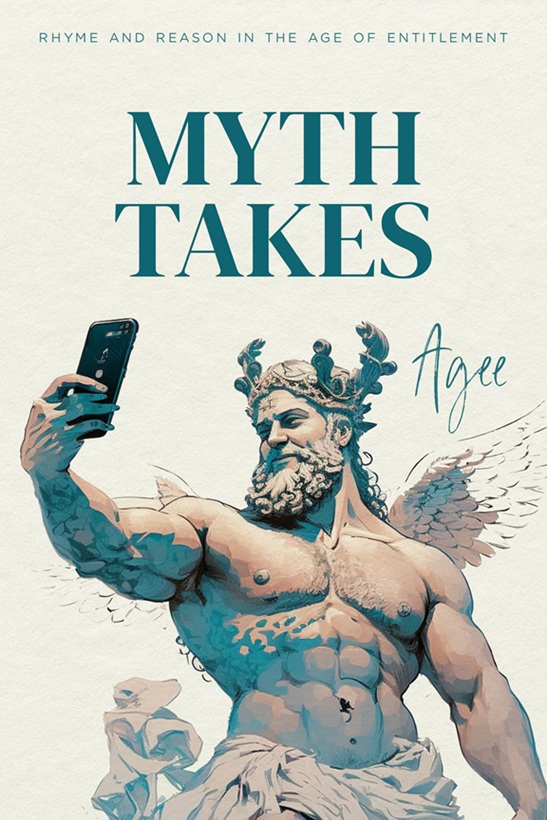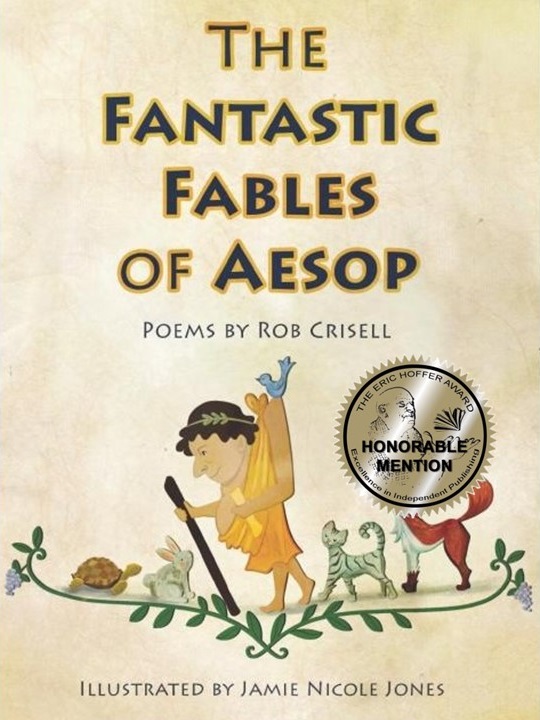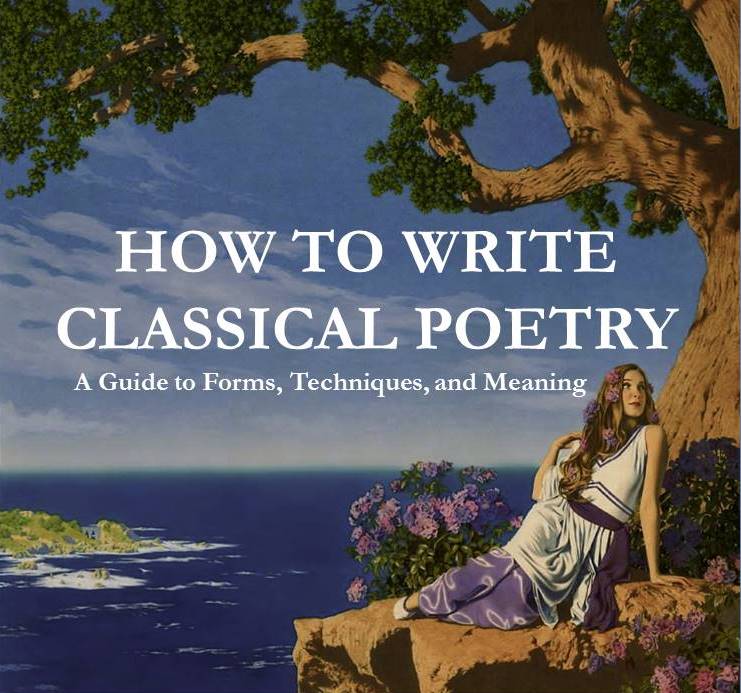.
Loose Me!
“Loose him, and let him go.” —John 11.44
O loose me, Jesus! Jesus, set me free
from all that binds my soul and blinds my way.
Unwrap the shrouds of death that cling to me!
Let every shade of doubt enlightened be,
the gloom of night bathed with the light of day.
O loose me, Jesus! Jesus, set me free!
Roll back the stone of death and let me see
the beauty in Your face in full display!
Unwrap the shrouds of death that cling to me!
Let all confusion and uncertainty
by glory’s light illumined be, I pray—
O loose me Jesus! Jesus, set me free!
Make every shadow of corruption flee;
let sin’s grave clothes no longer on me weigh.
Unwrap the shrouds of death that cling to me!
That all Your grace may shine full radiantly
to light my soul and make my will obey,
O loose me, Jesus! Jesus, set me free;
unwrap the shrouds of death that cling to me!
.
.
T. M. Moore is Principal of The Fellowship of Ailbe, a spiritual fellowship in the Celtic Christian tradition. He and his wife and editor, Susie, make their home in the Champlain Valley of Vermont.















Thank you for this beautiful Villanelle, with its perfect repeating line of “O loose me, Jesus! Jesus, set me free!” It’s a wonder with which to greet a sunny Sunday morning.
Wonderful, Mr. Moore. Thank you so much!
Excellently conceived and so well written, T.M. Amen!
Nicely composed with numerous references to scripture embedded in the text; something that takes a great deal of patience and skill.
I particularly liked your citation from the raising of Lazarus, which focuses the subject of the poem on a biblical character as well as being equally applicable to yourself and, hopefully, the rest of us!
Amen to that, thank you for sharing, I enjoy this poem.
I love the way you’ve made a metaphor out of Lazarus’ literal grave clothes, comparing them to the spiritual grave clothes we all struggle with. Beautiful poem!
This is one of the finest uses of the villanelle form I’ve seen. The choice of subject is appropriate for villanelle repetitions, and it enables you, Mr. Moore, to interpret the “shrouds of death” as doubt, confusion, uncertainty, corruption (moral and spiritual), with sin saved for last. Sin both leads to these other shrouds and results from them, in a cycle that is like the wrapping of a corpse in grave clothes. The repetition of the Holy Name calls upon the Person who can undo the binding, perhaps imagining a gradual process in which He acts graciously to do so. Beautifully done.
Thanks to all of you for your thoughtful appreciation and encouragement. Thanks to Evan for improving the end of line 8.